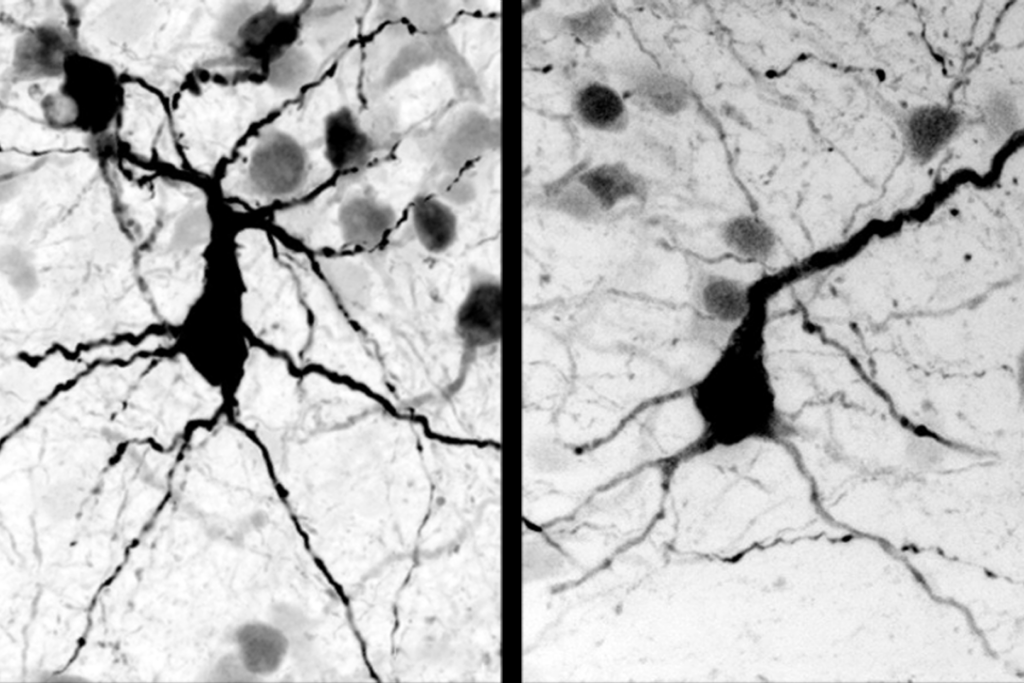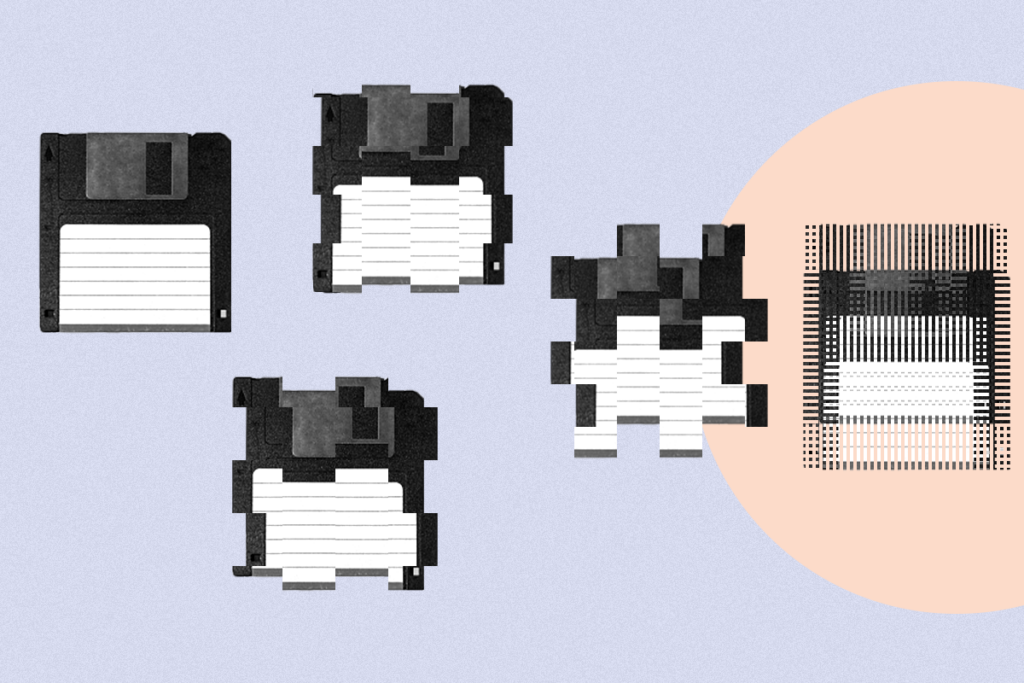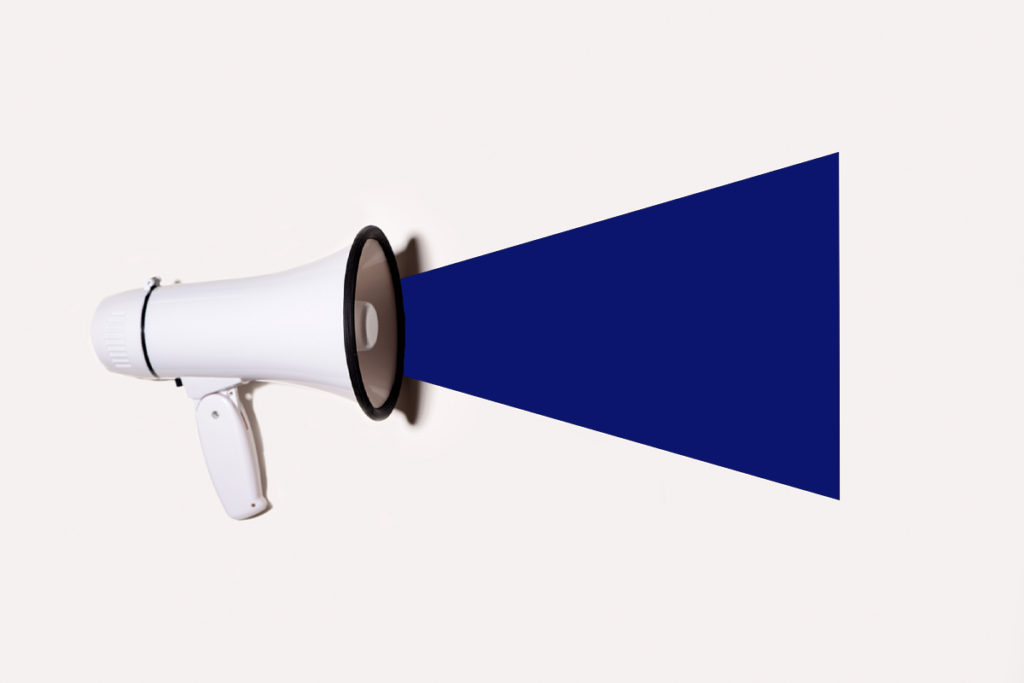Just four months after the U.S. National Institutes of Health (NIH) announced a new $50 million data science program for autism research, the agency has revealed the projects it will fund.
The list of the Autism Data Science Initiative’s (ADSI) 13 projects, which was posted online last week, comprises “talented scientists doing cutting-edge work,” Brian Lee, professor of epidemiology at Drexel University, told The Transmitter in an email. “I breathed a sigh of relief when I saw that the list did not include multiple studies on why vaccines cause autism.” Lee is not a principal investigator on any of the projects but is a collaborator on three of them.
The grant recipients were announced as part of the 22 September White House press conference in which federal officials said they would update acetaminophen’s label to discourage its use by pregnant people and make leucovorin available as a treatment for autism. (Read The Transmitter’s related coverage of Richard Frye, a neurologist who researches leucovorin for autism.)
The list includes investigations into how environmental factors interact with the genome to contribute to autism and what predicts positive life outcomes in autistic people, along with two efforts to validate the models and replicate the findings of the other teams.
“I was really pleasantly surprised,” says Catherine Lord, George Tarjan Distinguished Professor of Psychiatry and Education at the University of California, Los Angeles. “Lots of strong researchers were selected.”
Despite the optimism, Lord and others say they are worried that the U.S. Department of Health and Human Services (HHS) might prevent the funded scientists from publishing certain findings or use the work to assert a narrative about autism that is not supported by data. They say their concerns stem from the program’s atypical funding mechanism and review process and from previous actions and comments by HHS Secretary Robert F. Kennedy Jr.
“This administration has done things that we just couldn’t believe anyone would do. And so that does make me nervous,” Lord says. In particular, she says she worries that the HHS will pick out a single factor correlated with receiving an autism diagnosis and do a “media blast about it” to scare people—like what has happened with acetaminophen. “You can do almost anything with data. If you don’t control for other factors, you can find anything you want. And so it’s not at all that I mistrust the PIs,” Lord says, but rather that other parties could make “weird interpretations.”
Even though “we don’t know what other political forces were at play,” says Helen Tager-Flusberg, director of the Center for Autism Research Excellence at Boston University and leader of the Coalition of Autism Scientists, “I would say, let’s allow this group of scientists who are receiving these awards to go ahead and carry out what looks like very exciting work and not let the process by which they got selected taint the quality of the science that they’re proposing.”
The Coalition of Autism Scientists has called for the ADSI to add an external advisory board to analyze methodologies as the projects proceed, which will “only increase trust in everything that is undertaken under this program,” Tager-Flusberg says.
I
n April, Kennedy announced that HHS planned to fund a series of studies to identify the “environmental toxin” that supposedly causes autism, which he called an “epidemic” and “cataclysm.” Both genetics and environmental factors contribute to autism, decades of work shows; identifying a single factor that causes the condition in every autistic person has “the proverbial snowball’s chance in hell,” says David Amaral, distinguished professor of psychiatry and behavioral sciences at the University of California, Davis MIND Institute and member of the Coalition of Autism Scientists’ executive committee.Applications for ADSI projects that “leverage existing data” to explore factors that contribute to autism, the funding notice states, were due in June, one month after the NIH announced the funding opportunity on 27 May. The notice also stipulated that work on the funded projects could start as soon as 1 September.
“That’s really, really fast,” Amaral says.
Some autism researchers also expressed concern about the program’s atypical funding mechanism and opaque review process, The Transmitter previously reported.
“The funding opportunity is being conducted through the Other Transactions (OT) mechanism to allow NIH to move quickly and nimbly in implementing this high-priority initiative for the NIH Director and HHS,” an NIH spokesperson told The Transmitter in an emailed statement. “The OT mechanism is frequently used for high-impact, cutting-edge research that must rapidly address evolving scientific questions, invite participation from non-traditional recipients, and foster active collaboration between investigators and NIH staff.”
“The program has advanced at a swift pace due to the urgent need for new insights into autism etiology, prevalence, and treatment to improve health and well-being for individuals across the autism spectrum,” the statement says.
The program also sidestepped the NIH’s standard study section review process, in which subject-matter experts individually score applications and then meet as a group to discuss the lot of them. The membership of study sections is publicly available; applicants do not know specifically who scores their grant, but they know the pool of potential reviewers. Instead, the ADSI application review involved “both internal and external subject-matter experts,” according to the funding announcement. The names of those experts were never shared publicly.
“Obviously, the community was nervous, because we didn’t know who was going to be reviewing these grants,” Tager-Flusberg says. “If Robert F. Kennedy Jr. had been given that pile of applications and chosen the ones to fund, his list of awardees would not look like this.”
Because of these factors, “people really had to think about, is this a time where we don’t apply, because we’re protesting this moment of all the things that the administration has been saying about autism, or is this a time where you lean in and you try to put forth the best science you can?” says grantee Judith Miller, associate professor of psychiatry at the Children’s Hospital of Philadelphia.
For grantee Kristen Lyall, the decision to apply for the program “ultimately came down to, you know, I’m an academic researcher, and I have to fund my time, and I need to fund my people’s time,” says Lyall, associate professor in the Modifiable Risk Factors Program at Drexel University’s Autism Institute. “And on the ethical side, and weighing the broader landscape, I think ultimately it came down to wanting to have a seat at the table.”
T
he review process was “very unusual,” says an autism researcher who signed up to serve as a reviewer but then backed out because of their concerns. The researcher spoke anonymously out of fear of retaliation.Reviewers applied via a publicly available webform rather than the standard NIH review portal, which was a “red flag,” the researcher says. Potential reviewers selected their relevant expertise from a checklist of options, one of which was “lived experience.”
The initial plan was for reviewers to receive up to five applications by 9 July and complete their assessments by 23 July, according to an instructional email from the ADSI review team sent to potential reviewers, which was obtained by The Transmitter. But “due to the overwhelming response to the ADSI funding opportunity and concurrent need to re-verify the expertise of all potential reviewers due to the webform being posted publicly,” the schedule condensed to having reviewers receive applications by 16 July and provide feedback by 25 July, according to an additional email from the ADSI review team that was obtained by The Transmitter.
The instructional email also included a conflict-of-interest form for reviewers to sign, as well as a spreadsheet listing more than 3,100 people, described as a “personnel list from all eligible applications received.” The email instructed reviewers to mark potential conflicts of interest in a column on the spreadsheet and return it along with the signed form to the ADSI review team via email.
These steps normally happen sequentially, not simultaneously, the researcher says: Reviewers complete a confidentiality agreement and then review the list of applicants to make sure they don’t have a conflict of interest. And all of this typically takes place within the NIH reviewer portal, which is more secure than email for sharing private information.
The final paragraph of the instructional email made the researcher pause, they say. “Finally, I strongly encourage you to discuss service as an ADSI reviewer with your supervisor and designated Ethics Officer as a first step. This is because some organizations, agencies and NIH ICOs may opt to employ more stringent requirements for employees serving as a reviewer and/or may play a crucial role should a waiver be necessary,” the email states.
“That paragraph, to me, was somebody trying to warn me,” to not get involved, the researcher says.
I
n August, an interaction between Kennedy and a Denmark-based research group made Tager-Flusberg and other coalition members question whether the ADSI grantees would be permitted to freely publish the results of their work, she says.Kennedy wrote a critique of the Denmark group’s study, which found no link between childhood exposure to aluminum ingredients in vaccines and developing an autoimmune or neurodevelopmental condition. Kennedy called the study “so deeply flawed it functions not as science but as a deceitful propaganda stunt by the pharmaceutical industry” and called for the journal to retract it. Editors of the journal, Annals of Internal Medicine, rejected that call.
“If he was going to call for retracting papers that were published in an independent journal from a group in a different country, of course we were worried as we were watching the whole ADSI program unfold,” Tager-Flusberg says. “Was this something he would plan to do when it came around to findings from the ADSI program itself?”
While reviewing the 71-page ADSI award agreement, grantee Laura Klinger and her institution’s office of sponsored research did not find any restrictions on what she is allowed to publish, she says.
“I looked very carefully, because I know that had been a concern, and honestly—unless I missed it—I’m not concerned about that,” says Klinger, associate professor of psychiatry at the University of North Carolina at Chapel Hill. The agreement includes “really typical” requirements, such as citing the NIH as a funder in everything that is published and providing advance notice before putting out a press release about major findings, she says.
The ADSI website echoes Klinger’s findings: “Awardees are not required to seek NIH approval prior to disseminating findings or publishing results from any studies funded through this initiative,” the frequently-asked-questions page states.
“The NIH is fully committed to confronting this catastrophic epidemic, leaving no stone unturned and relying solely on gold-standard, evidence-based science. The department will follow the science wherever it leads,” an HHS spokesperson said in response to questions from The Transmitter about whether grantees will be permitted to publish whatever they find.
“I think the question now is, what happens in the future? What happens when these grantees start coming to conclusions?” Amaral says. “I hope that, just like any other grantee from the NIH, they’re going to be able to freely publish their results, regardless of what they show. The Coalition of Autism Scientists will be watching and listening to ensure that we can report if there’s any sign that data is being misrepresented that is coming out of this initiative.”






